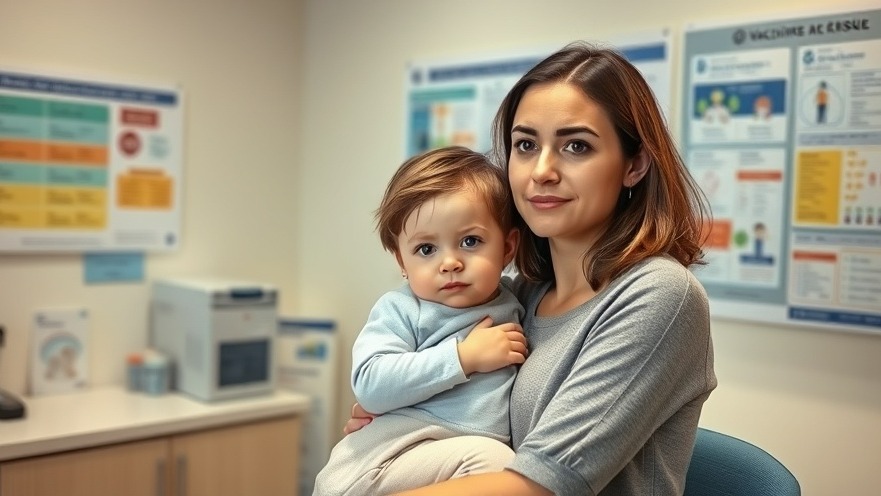
How Berotralstat is Changing the Game for Young HAE Patients
Exciting news is emerging from the recent American Academy of Allergy, Asthma & Immunology Annual Meeting. Children suffering from hereditary angioedema (HAE) have seen their median attack rates fall to zero after treatment with berotralstat (also known as Orladeyo). Yes, you read that right—zero attacks! This breakthrough highlights a vital advancement in pediatric care that can alleviate the burdens of this challenging disease.
Understanding Hereditary Angioedema
Hereditary angioedema is a condition that can lead to severe swelling and pain, symptoms often beginning in early childhood. Jolanta Bernatoniene, a pediatric infectious disease expert, pointed out that these episodes can force kids to miss school and limit their participation in sports and social activities. Thus, finding effective treatments is crucial not just for physical health but for children's overall quality of life.
What Makes Berotralstat Innovative?
In the trial presented, children took daily doses of berotralstat, which ranged from 78 mg to 150 mg, and none experienced serious side effects. This promising safety profile indicates that berotralstat could be a viable long-term treatment option, significantly reducing treatment burdens compared to traditional methods like injections. The granule form of the medication can be mixed with soft food or taken directly with water, making it easier for children and their caregivers to administer.
The Power of Convenience in Treatment
Interestingly, the ease of administration seems to reduce the stress often associated with HAE treatments. This is particularly important for young patients, as stress can trigger HAE attacks. By providing a simpler daily regimen, caregivers can promote a calmer environment that is conducive to children's well-being.
The Future of HAE Treatments
Future regulatory change appears on the horizon as BioCryst reports intentions to submit new drug applications for the oral granule formulation specifically for pediatric patients. If approved, this could reshape the standard approach for treating HAE in children aged 2 to 12, blending convenience with efficacy.
How Concierge Practices Can Benefit
For concierge medical practice owners, integrating insights from studies like the APeX-P trial can enhance patient relationships. Providing patients and their caregivers with cutting-edge treatment options, tailored information, and important health management strategies not only builds trust but solidifies your practice’s standing in the community.
Engaging patients in conversations about new treatment options, while keeping them informed about their health, differentiates your practice from traditional healthcare models. Ultimately, creating an environment of patient-centered care fosters loyalty and positive health outcomes.
Call to Action
As a concierge medical practice owner, take the time to review how emerging treatments like berotralstat can fit into your patient care model. Consider discussing these advancements with your patients to enhance their treatment journeys and improve their overall healthcare experiences. Stay ahead in the field and continue to connect deeply with your patients—your role is invaluable!
 Add Row
Add Row  Add
Add 






Write A Comment